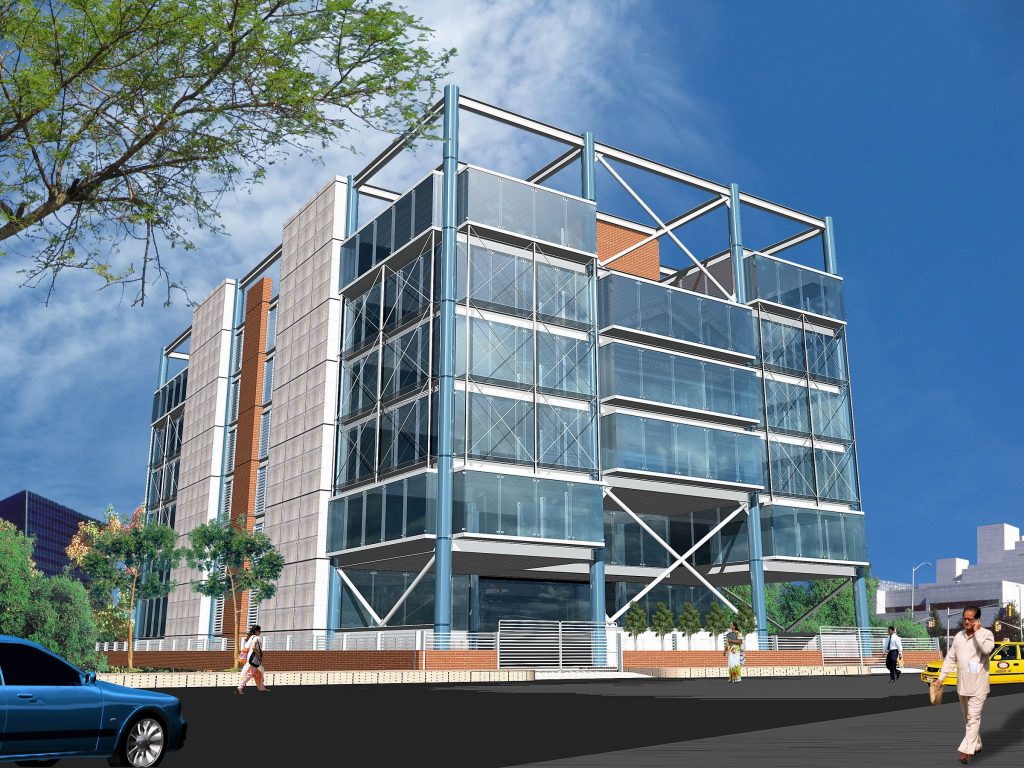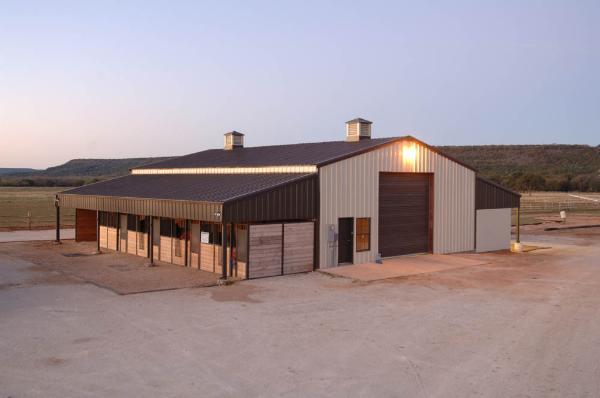Specialist Guide to Steel Building Style: Maximizing Effectiveness and Longevity
Steel, with its phenomenal toughness, longevity, and convenience, has actually arised as a favored choice for modern-day building design. From enhancing layout factors to consider to carrying out cost-effective building and construction methods, the trip in the direction of making the most of efficiency and longevity in steel structure design is a diverse one, providing a mix of functional difficulties and imaginative solutions that move the sector ahead. steel buildings.
Advantages of Steel Structures
Steel buildings use unmatched toughness and cost-effectiveness compared to standard building products. The strength of steel supplies excellent architectural integrity, making it a favored choice for structures that require to endure harsh weather or heavy lots. Steel is highly immune to parasites, mold, and fire, making certain a longer life expectancy with marginal maintenance needs. Additionally, steel is a lasting product, as it is completely recyclable and can be repurposed at the end of its valuable life.
In regards to cost-effectiveness, steel structures are usually much more economical than frameworks made from various other products. The reliable building and construction procedure of steel structures can cause reduced labor expenses and much shorter project timelines. Steel's resilience likewise equates to reduce maintenance expenses over time, as there is less need for repair work or replacements compared to traditional building products.
Layout Factors To Consider for Performance
Given the advantages of steel structures in terms of sturdiness and cost-effectiveness, it is vital to concentrate on style factors to consider that make best use of performance and durability. When creating a steel building for optimum efficiency, factors such as the format, insulation, and orientation need to be thoroughly taken into consideration.

Moreover, integrating energy-efficient systems, such as HVAC, lights, and renewable resource sources, can even more improve the effectiveness of steel structures. By incorporating these design considerations, steel frameworks can accomplish optimal performance and durability, giving affordable and sustainable solutions for various construction tasks.
Structural Integrity and Long Life

Routine upkeep, including assessments for indicators of wear or damages, is likewise crucial for recognizing and resolving issues prior to they jeopardize the structure's honesty. By focusing on structural honesty in the design stage and throughout the building's lifespan, owners can guarantee their steel structures continue to be risk-free, effective, and long lasting for years to come.
Cost-Effective Construction Techniques
Effective building and construction techniques play a critical duty in handling costs without jeopardizing the quality and integrity of steel structure jobs. In addition, pre-engineered steel buildings are recognized for their toughness and call for very little upkeep, resulting in lasting cost financial savings.
One more cost-efficient approach is the design-build technique, where the layout and building stages are integrated. This method promotes collaboration between the layout and building teams, improving the procedure and reducing delays and expense overruns (steel buildings). By entailing all stakeholders from the get go, potential problems can be determined and dealt with early, conserving both money and time
In addition, taking on sustainable building methods, such as making use of recycled steel and integrating energy-efficient functions, can bring about substantial price financial savings in the lengthy run. These methods not only lower construction waste but likewise reduced functional costs via improved power effectiveness. To conclude, implementing affordable building methods is necessary for taking full advantage of effectiveness and guaranteeing the durability of steel building official website jobs.
Upkeep Tips for Longevity
Proper upkeep practices are critical for making certain the long life and structural integrity of steel buildings. Normal evaluations are vital to recognize any type of signs of deterioration, damages, or wear that can compromise the structure's durability. As component of a detailed maintenance plan, it is crucial to without delay attend to any concerns that arise to avoid them from intensifying and triggering extra extensive damage.

An additional important upkeep suggestion is to inspect the building's welds, links, and bolts to guarantee they are safe and secure and in great condition. Any type of damaged or loosened parts must be fixed or changed immediately to preserve the architectural integrity of the building. By carrying out a positive upkeep routine, steel building owners can take full advantage of the longevity and efficiency of their frameworks.
Final Thought
Finally, steel structures offer various advantages such as cost-effectiveness, effectiveness, and durability. By carefully taking into consideration design elements, making sure structural stability, and making use of economical building techniques, steel buildings can be optimized for maximum effectiveness and longevity. Regular upkeep is additionally key to making sure the longevity of a steel building. Overall, steel buildings are a trusted and long lasting option for different construction tasks.
From maximizing style considerations to executing economical check that building techniques, the journey in the direction of maximizing performance and long life in steel building style is a multifaceted one, using a mix of practical obstacles and creative services that push the market ahead.
Provided the advantages of steel structures in terms of durability and cost-effectiveness, it is essential to focus on design factors to consider that make the most of effectiveness and longevity. When developing a steel structure for ideal great post to read performance, variables such as the insulation, layout, and alignment need to be thoroughly thought about. In conclusion, implementing economical construction techniques is crucial for making best use of efficiency and making sure the longevity of steel structure projects.
By meticulously considering layout facets, ensuring architectural stability, and making use of cost-effective building and construction approaches, steel buildings can be optimized for optimal efficiency and longevity.